Is natural gas really as clean as it’s often portrayed? We often hear about its benefits as a bridge fuel, touted for its lower carbon emissions compared to coal. But what about the disadvantages of natural gas? What are the hidden costs associated with its extraction, production, and use?
Natural gas, mostly made up of methane, is often thought of as a cleaner fuel compared to other fossil fuels. However, looking more closely shows that this “cleaner” idea might not be completely true. Extracting and using natural gas can have serious effects on the environment and people’s health. We need to pay attention to these effects.
In this article, we will look more closely at some uncomfortable truths about natural gas. We will explore the environmental consequences of extracting it. We will also look at the potential health risks of using it and the long-term effects on our planet. By the end, you will have a clearer understanding of the natural gas. You will also be better prepared to have informed discussions about our energy future. Get ready for some surprising insights – you might never look at your gas stove the same way again!
Introduction to Natural Gas – Not as Clean as it Seems:
This section explores the fundamentals of natural gas, which is often said to be a cleaner energy source. We will examine its composition and how it is extracted from the earth. We will also look at the history of how natural gas has been used, showing how it has changed as an energy source. Finally, we will discuss the perceived advantages of natural gas. This will help you understand the disadvantages of natural gas. This will help you understand its drawbacks.
What is Natural Gas and How is it Extracted?
Natural gas is a fossil fuel found in underground rock formations. It consists primarily of methane, a potent greenhouse gas. It often exists alongside other fossil fuels like oil and coal. The extraction process, often involving a technique called fracking, raises significant environmental concerns. Understanding the disadvantages of natural gas is crucial when considering its use as an energy source.
Fracking is also known as hydraulic fracturing. It is a method used to extract natural gas from deep underground. It involves injecting a high-pressure mixture of water, sand, and chemicals into the rock formations. This process creates fractures in the rock, allowing the trapped natural gas to escape and be collected.
Natural gas plays a significant role in our lives today. It fuels our homes, powers industries, and even generates electricity. It is important to acknowledge the environmental costs of extracting this natural gas. We need to think about the long-term effects of using so much fossil fuel.
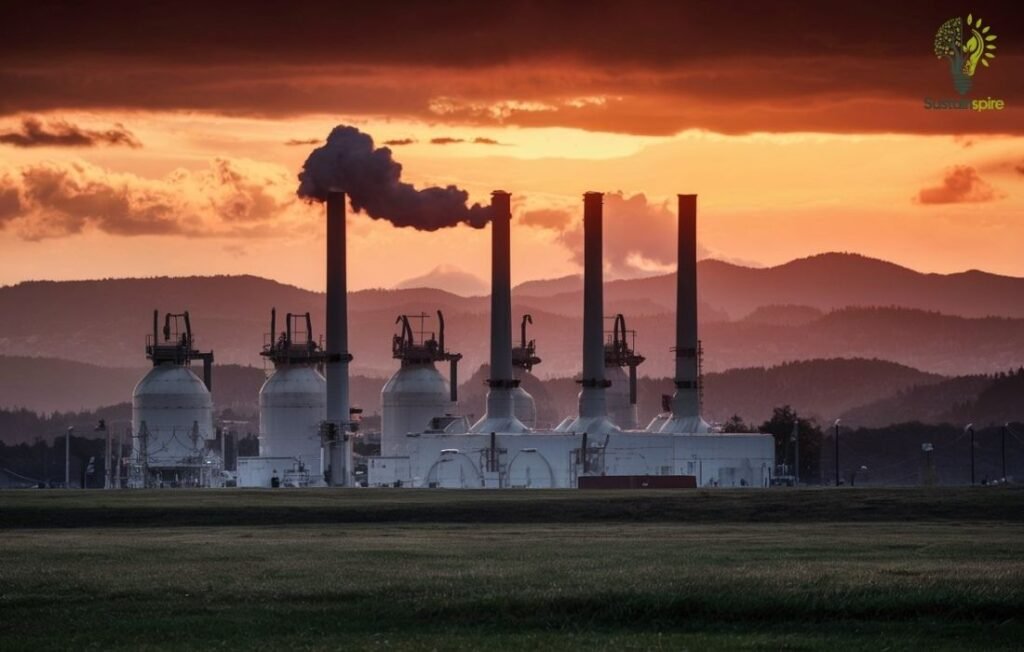
The Perceived Advantages of Natural Gas – A Historical Perspective:
Natural gas was not always seen as a valuable energy source. For centuries, it was considered a useless byproduct of oil drilling. The ancient Chinese found natural gas while digging for Brine. They used bamboo pipes to move the gas. They mainly used it for lighting and salt production. This practice dates back to 500 B.C.
We will fast forward to the 19th century. Natural gas started to become a popular way to make energy. William Hart is known as the “Father of Natural Gas”. In 1821 he drilled the first commercial natural gas well in Fredonia, New York.
The narrative around natural gas changed in the late 20th century. People were worried about air pollution. Natural gas was marketed as a “clean” fuel. It releases fewer greenhouse gases, like carbon dioxide (CO2), compared to coal and oil. This made people use it more for making electricity, heating homes, and in factories. However, the disadvantages of natural gas have led to a reevaluation of its “clean” image. But, the problems with making and moving natural gas are bad for the environment and people’s health. These problems have made people think again about if natural gas is really “cleaner”.
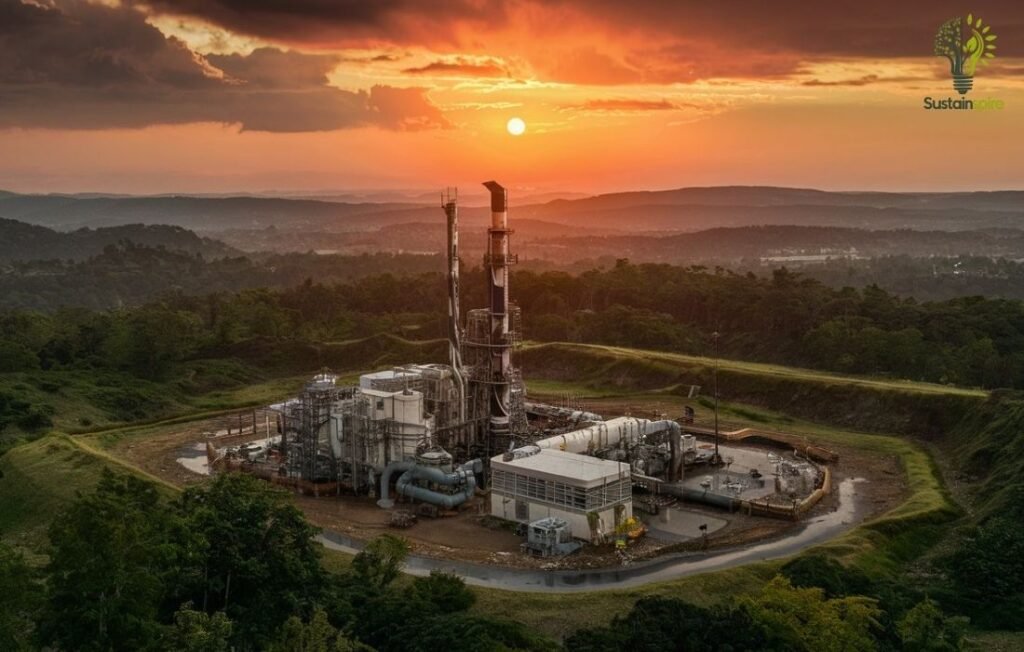
The Big Question: Is Natural Gas Really a Clean Fuel?
While natural gas may appear cleaner than coal on the surface, but it is not that simple. The production and consumption of natural gas contribute to global warming. It happens through methane leaks throughout the supply chain. Methane is the main component of natural gas. It is a far more potent greenhouse gas than carbon dioxide in the short term. The disadvantages of natural gas, especially its impact on climate change, are increasingly recognized.
The EPA estimates that the oil and gas industry is responsible for nearly 30% of methane emissions in the United States. These leaks occur during extraction, processing, transportation, and even in our homes. These leaks weaken the idea that natural gas is good for the environment. We will explore more environmental, health, and safety concerns in the sections below. Keep reading, to learn more.
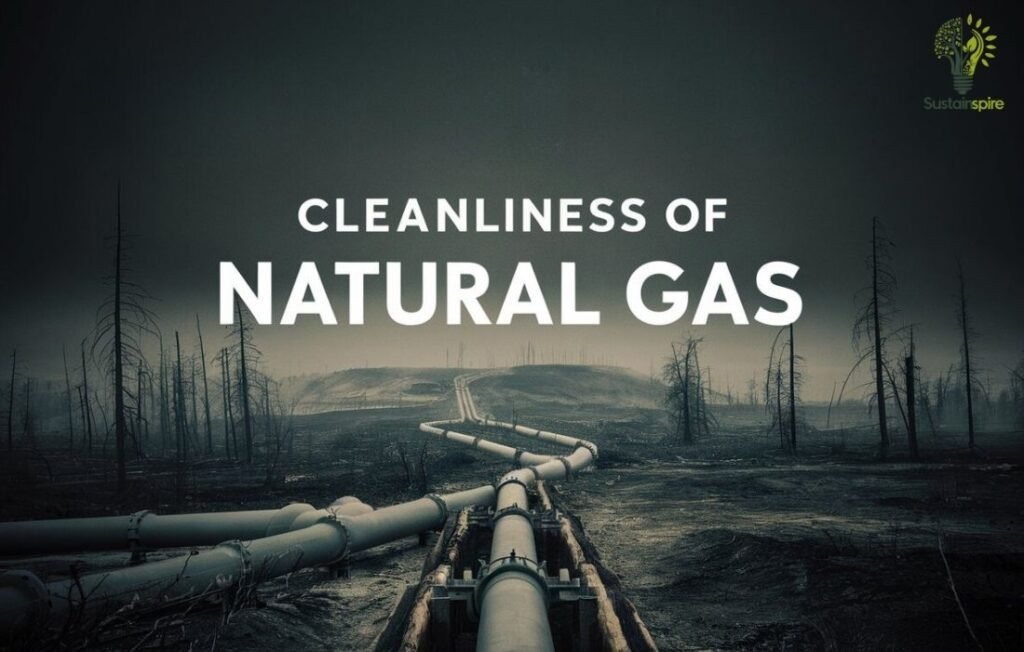
Disadvantages of Natural Gas: A Closer Look at the Environmental Impacts
Natural gas is often called a cleaner energy source than coal. However, it still has negative effects on the environment. The disadvantages of natural gas extend beyond its role in climate change. In this section, we will look at how extracting and using natural gas harms our planet. We will focus on greenhouse gas emissions, water pollution, and damage to land.
Greenhouse Gas Emissions:
Natural gas burns cleaner than coal, but it still releases greenhouse gases into the atmosphere. These gases contribute to climate change. The disadvantages of natural gas include its contribution to greenhouse gas emissions. In this section, we will examine how natural gas production and use contribute to global warming. We will also look at the impact of methane leaks throughout the supply chain.
1. Methane Leaks: A Silent Climate Threat
Methane is a major part of natural gas. It is a powerful greenhouse gas. Methane traps much more heat in the air than carbon dioxide, especially over a short time. When burned, natural gas produces less carbon dioxide than coal. However, leaks during production and transportation release methane directly into the atmosphere. The disadvantages of natural gas, like methane leaks, are a significant concern for climate change.
A March 2024 study in the journal Science looked at methane emissions from the U.S. oil and gas industry. The study found that these emissions were much higher than the Environmental Protection Agency estimated. According to them, emissions were 60% higher than earlier estimates. These leaks undermine the climate benefits of natural gas. It also highlights the importance of addressing fugitive emissions. Fugitive emissions are leaks of greenhouse gases from equipment and infrastructure.
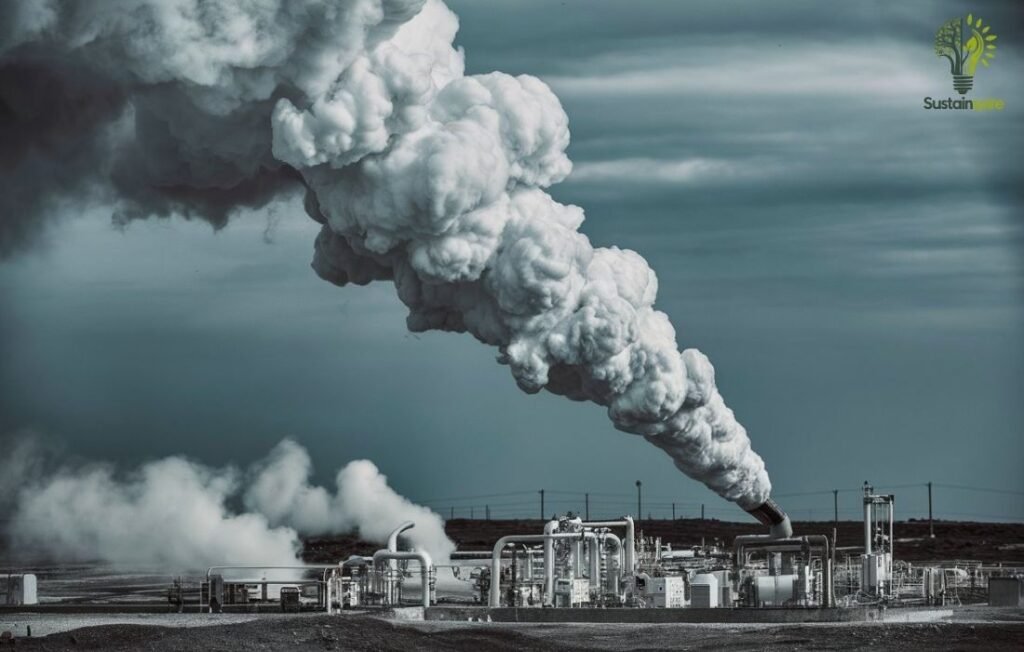
2. Natural Gas Production and Global Warming:
Natural gas production and processing contribute to global warming beyond methane leaks. Extraction methods like hydraulic fracturing (fracking) need a lot of energy. Extractors usually get that energy often from fossil fuels. This energy use releases greenhouse gases. Separating and transporting natural gas also uses energy and can lead to more emissions. The disadvantages of natural gas include the energy-intensive processes involved in its production and transportation.
In 2020, the International Energy Agency (IEA) released a report. The report found that the global natural gas supply chain was a major contributor to methane emissions. The IEA found that around 40% of methane emissions from the energy sector came from the natural gas supply chain. This finding highlights the importance of taking action to reduce methane leaks. We need stricter regulations and new technologies to reduce methane leaks. This will help reduce the overall carbon footprint of natural gas.
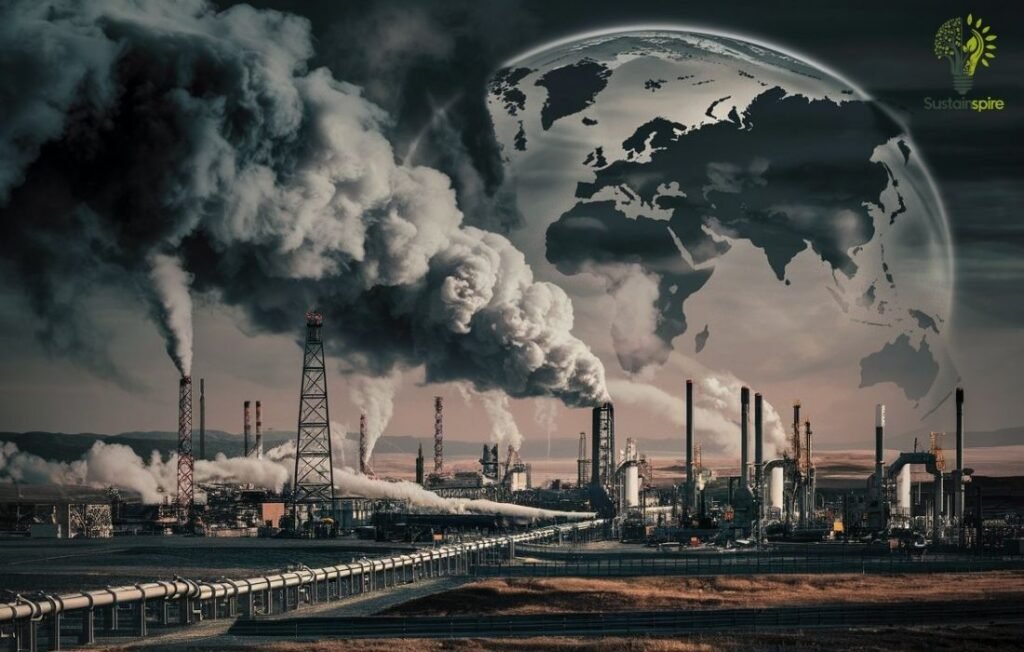
Water Contamination Risks:
This section focuses on the important issue of water pollution related to natural gas extraction and use. We will discuss two main topics. The first is how fracking can affect groundwater supplies. The second is the challenge of safely getting rid of wastewater created during natural gas production. The disadvantages of natural gas include its potential to contaminate water sources.
1. Fracking and Groundwater Pollution:
Hydraulic fracturing is commonly known as fracking. It is a technique used to extract natural gas from underground rock formations. Fracking has unlocked vast reserves of natural gas. However, it also raises significant environmental concerns, particularly regarding groundwater contamination.
Fracking involves injecting a high-pressure mixture of water, sand, and chemicals deep underground. The purpose is to fracture the rock and release the trapped gas. However, this process can lead to the contamination of nearby groundwater sources. If well casings fail or are improperly installed, fracking fluids can seep into aquifers. Fracking fluids contain hazardous chemicals. These chemicals can contaminate drinking water supplies. The disadvantages of natural gas, especially the risks associated with fracking, pose a threat to water quality.
A 2013 study by researchers at Duke University found elevated levels of methane and other gases in drinking water wells. These wells were located near fracking sites in Pennsylvania. The study’s findings highlight the potential risks of fracking. Fracking can negatively impact groundwater quality and public health.
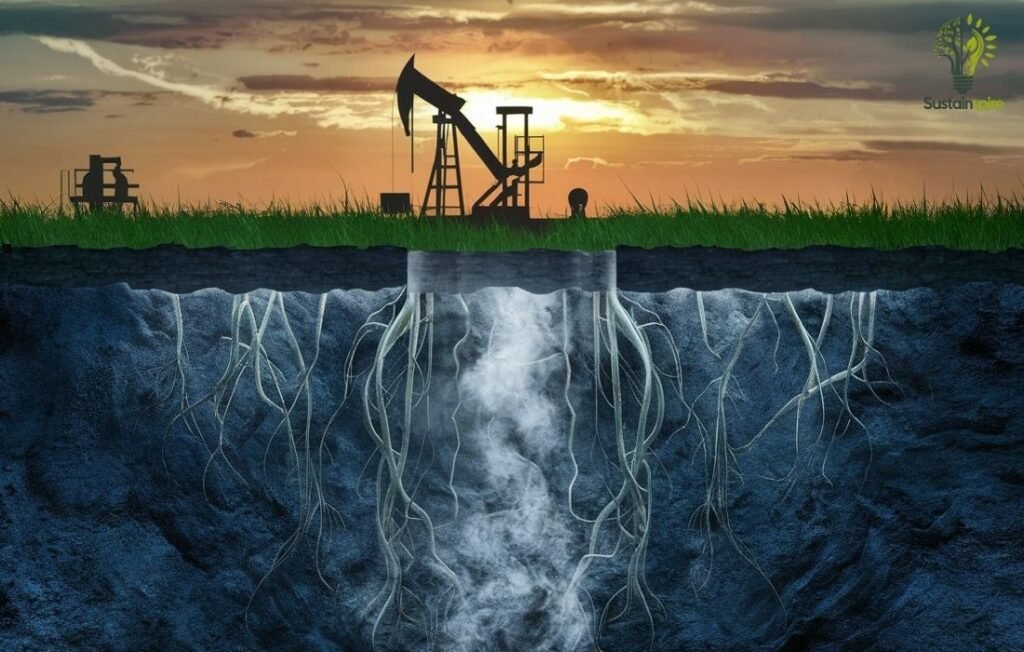
2. Wastewater Disposal Challenges:
The process of extracting and processing natural gas creates a lot of wastewater. This wastewater contains harmful substances such as salts, heavy metals, and radioactive materials. Safely disposing of this wastewater is very important to protect the environment. The disadvantages of natural gas include the challenges of managing wastewater. One common disposal method is injecting wastewater deep underground. This practice has been linked to an increase in earthquakes in certain regions. The injected wastewater can alter the pressure within fault lines, triggering seismic activity.
Seismic activity is the movement of the Earth’s crust, which can cause earthquakes. For example, Oklahoma experienced a dramatic rise in earthquakes in the past decade. This rise coincided with increased wastewater injection from oil and gas operations. Finding solutions for managing wastewater remains a challenge for the natural gas industry.
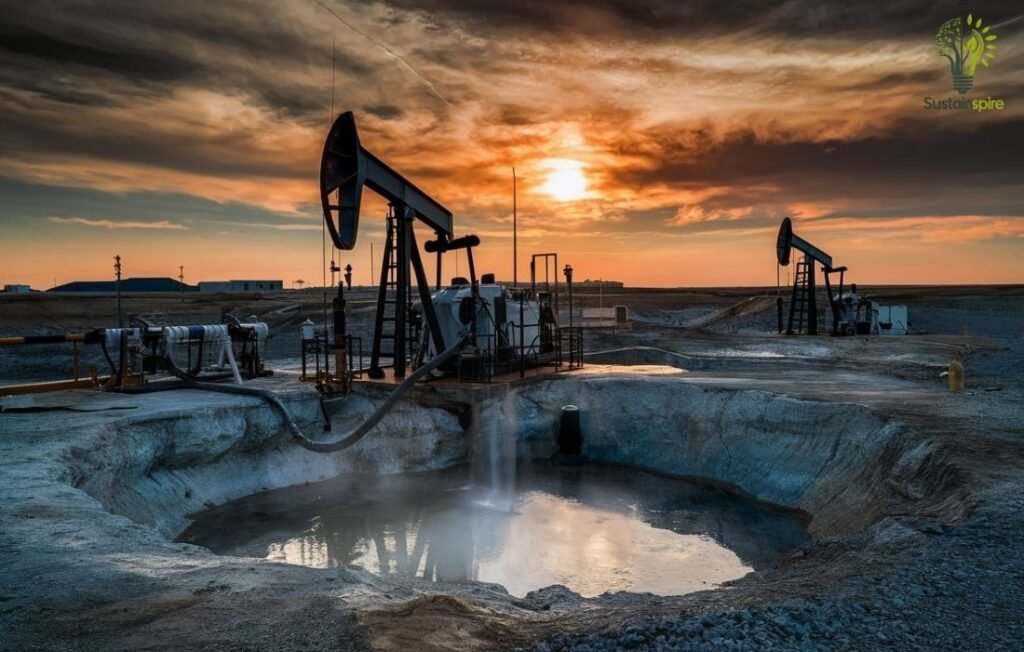
Land Degradation:
Natural gas extraction and transportation can harm the land. Pipeline construction and drilling sites disrupt ecosystems. These activities can cause lasting environmental problems.
1. Seismic Activity and Fracking-Induced Earthquakes:
Fracking is a process used to extract natural gas from shale rock formations. This process has been linked to an increase in seismic activity. Fracking involves injecting high-pressure fluids into the ground. This can alter underground pressure and cause instability along fault lines. The disadvantages of natural gas include the potential for induced earthquakes.
Between 2008 and 2015, Oklahoma experienced a dramatic increase in earthquakes. This increase in earthquakes coincided with an increase in fracking activity in the state. Scientists at the University of Oklahoma found a connection between wastewater disposal wells, a byproduct of fracking, and the increase in earthquakes. These earthquakes, which are caused by human activity, are often smaller than natural earthquakes. However, they can still pose a risk to infrastructure and communities.
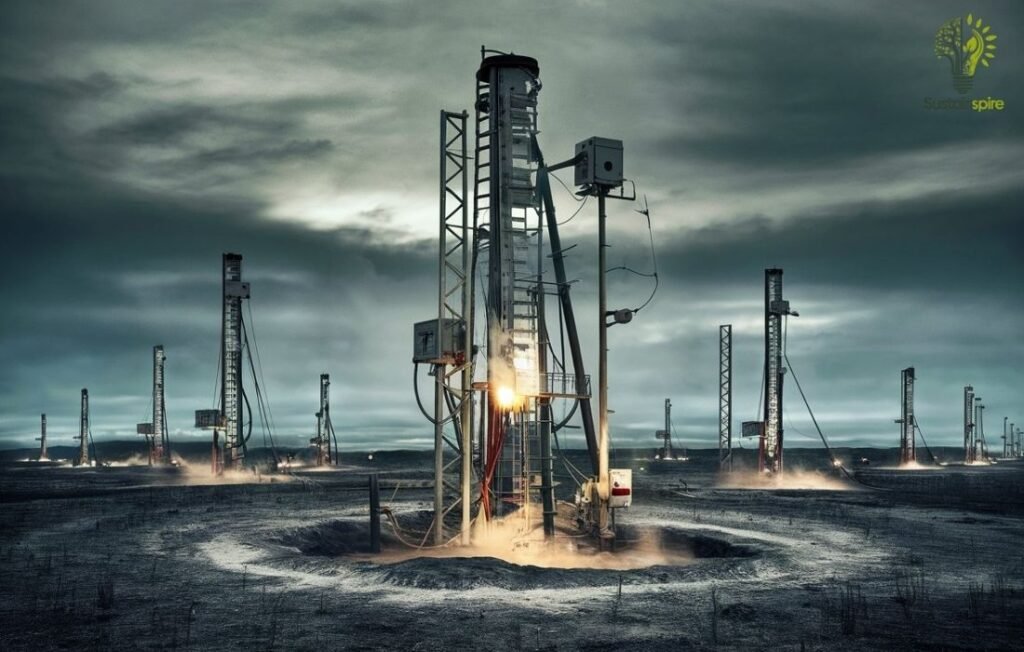
2. Habitat Destruction and Threats to Biodiversity:
Natural gas extraction and transportation infrastructure, including pipelines and access roads. Which requires clearing large swaths of land. This deforestation and habitat fragmentation disrupt wildlife corridors. It also isolates populations and can lead to biodiversity loss. The disadvantages of natural gas include the damage to ecosystems and threats to biodiversity. Note that, It is related to infrastructure.
The Keystone XL pipeline was designed to transport oil from Canada to the United States. It faced strong opposition. The pipeline could harm sensitive ecosystems and endangered species. The pipeline’s planned path crossed a critical habitat for the whooping crane, an endangered bird species. Conservationists argued that the pipeline could fragment the crane’s habitat. The pipeline could also make oil spills more likely. The pipeline could stop the species from recovering.
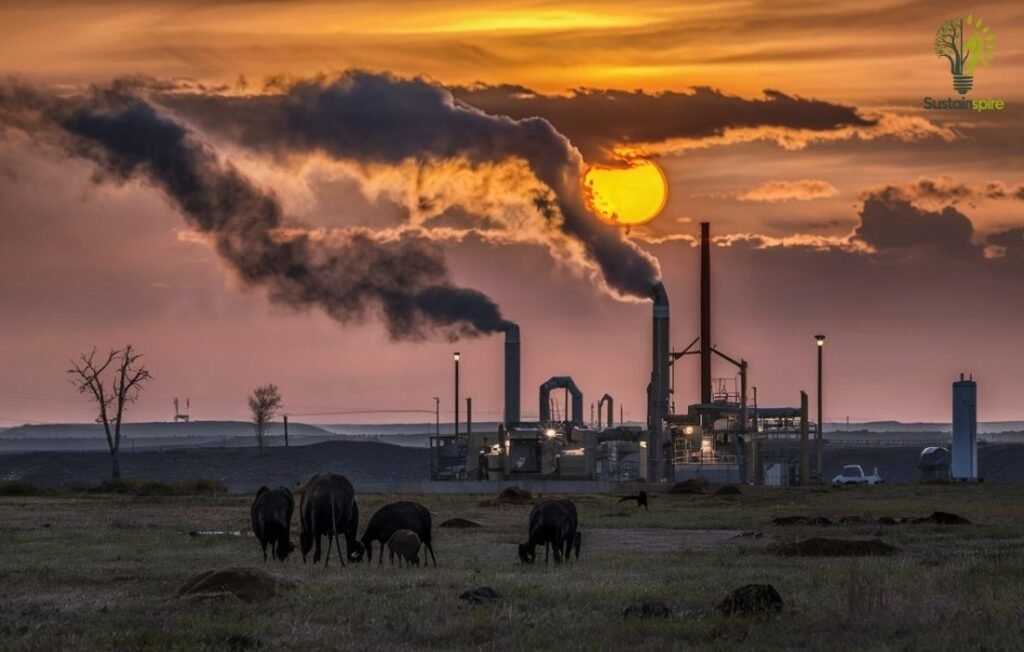
Health Risks Associated with Natural Gas:
Natural gas usage poses several health risks. One of the disadvantages of natural gas is the health risks it poses. This section examines the air and water pollution problems related to natural gas. We will also discuss noise pollution. This is an important issue that is often overlooked. We will explore the impact of noise pollution on communities near natural gas operations.
Air Pollution Concerns:
Natural gas extraction and transportation can release harmful pollutants into the air. These pollutants have been linked to various respiratory problems and other health issues. One of the disadvantages of natural gas is the air pollution it creates. This section examines the specific air pollutants associated with natural gas. We will look at how these pollutants affect human health. This is especially important for people who are at risk.
1. Harmful Air Pollutants from Production and Use:
Natural gas production sites and pipelines can leak methane, a potent greenhouse gas. Methane is not only bad for the environment, but it can also impact human health. Additionally, the burning of natural gas in homes and power plants releases pollutants. These pollutants are mostly nitrogen oxides (NOx) and particulate matter (PM2.5). The disadvantages of natural gas include the release of these harmful air pollutants.
Nitrogen oxides contribute to smog formation and respiratory issues like asthma. PM2.5, tiny particles that can penetrate deep into our lungs, has been linked to heart and lung diseases. A 2021 study was published in the journal “Respiratory Research Biomedcentral“. It found that exposure to PM2.5 from natural gas combustion was associated with more hospital admissions. These admissions were for respiratory and cardiovascular diseases.
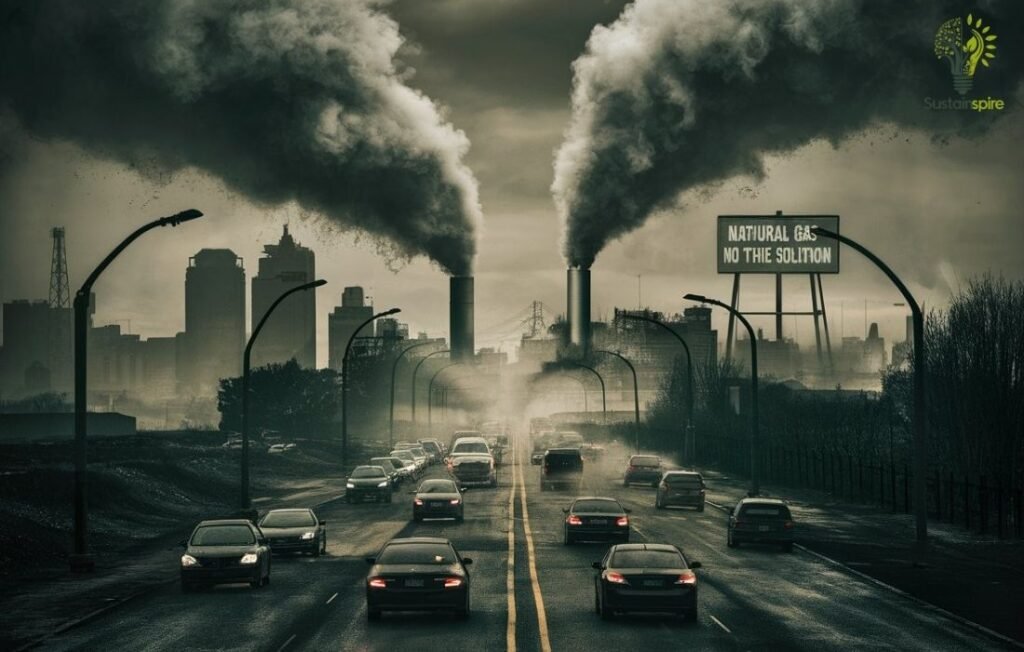
2. Increased Respiratory Illnesses:
Air pollution from natural gas can be harmful to children and older people. It is also dangerous for people with respiratory problems. This pollution can make it more likely for kids to get asthma. The disadvantages of natural gas include the increased risk of respiratory illnesses. A study in 2015 found that children living near natural gas wells were 29% more likely to get asthma. The study was done by researchers at the University of California, Berkeley. They looked at children living within one kilometer of a natural gas well. They compared these children to those who lived farther away.
The health risks associated with natural gas highlight the importance of understanding its full impact. While it might be promoted as a cleaner fuel option, we cannot ignore its potential health effects. Air pollution is a key concern when it comes to the potential health consequences of natural gas.
These health risks highlight the importance of understanding the full impact of natural gas. While it might be promoted as a cleaner fuel option, we cannot ignore its potential health effects. Air pollution is a key concern when it comes to the potential health consequences of natural gas.
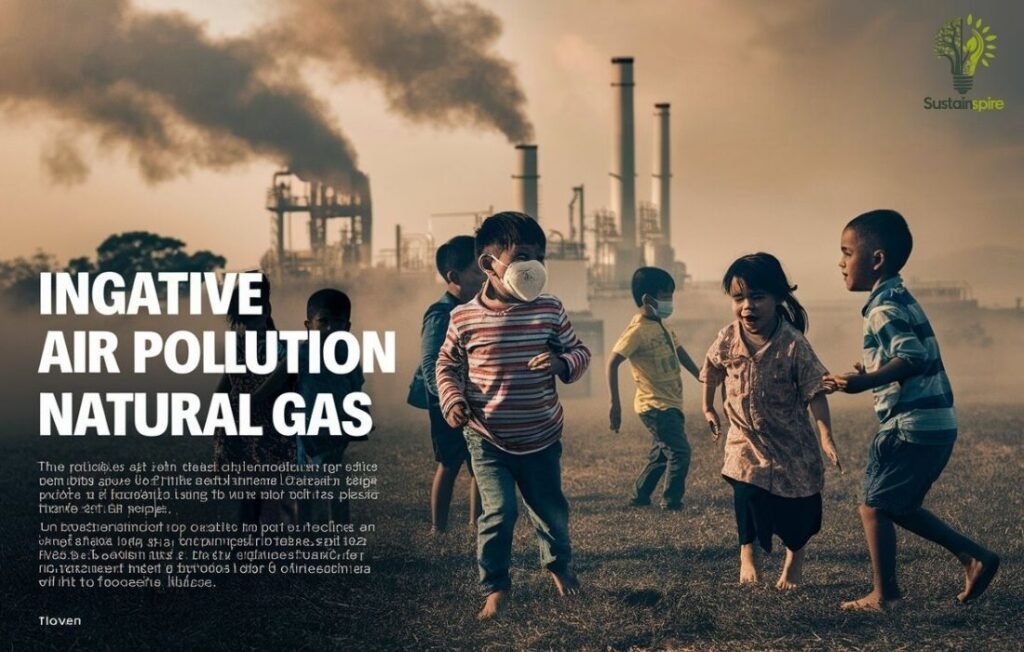
Waterborne Illnesses:
The extraction process of natural gas poses serious risks. Hydraulic fracturing, or “fracking,” is a particular concern. Fracking poses serious risks to our water resources and public health. This section focuses on the link between fracking and waterborne illnesses. The disadvantages of natural gas include the increased risk of waterborne illnesses due to these practices. This link is concerning and increases the potential for waterborne illnesses.
1. Fracking’s Impact on Water Supply Contamination:
Fracking involves injecting millions of gallons of water mixed with chemicals deep underground. This process fractures rock formations, which releases natural gas. The disadvantages of natural gas extraction, include the potential for water contamination. This process can contaminate water supplies in several ways. First, the fracking fluid itself contains hazardous chemicals. These chemicals can leach into groundwater aquifers.
Second, the fracturing process can create pathways. These pathways allow methane and other contaminants to migrate into drinking water sources. These contaminants are naturally present in the ground. In 2013, researchers at Duke University conducted a study. They investigated drinking water wells located near fracking sites in Pennsylvania.
The study found elevated levels of methane and ethane in these wells. This study was published in the Proceedings of the National Academy of Sciences. The researchers suggested that the contaminants likely traveled from the fracked gas wells. They believed the contaminants moved through underground fractures.
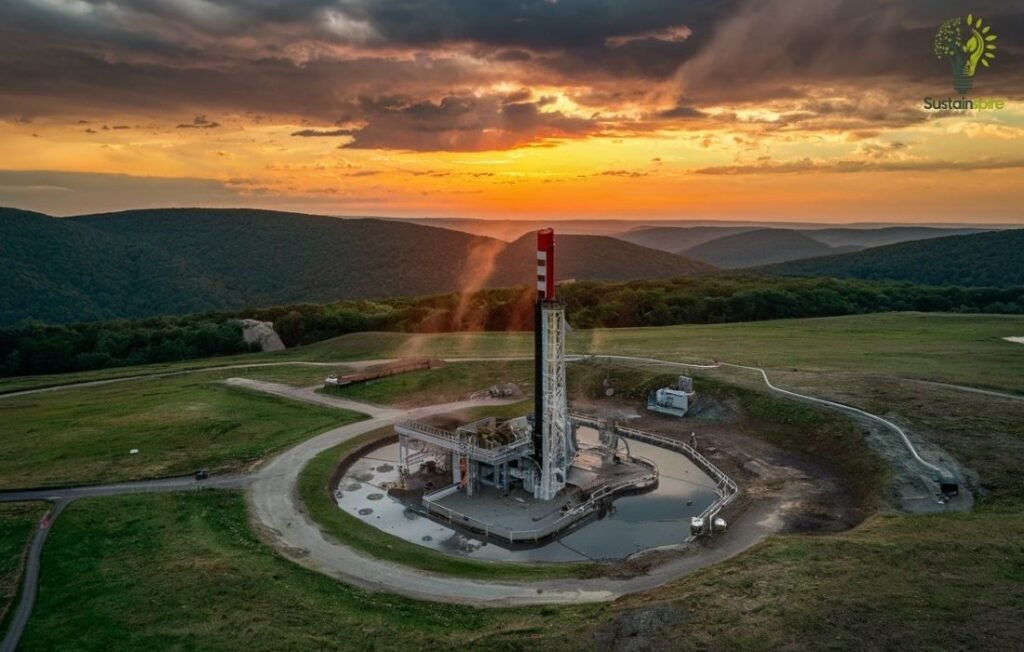
2. Potential for Increased Rates of Waterborne Diseases:
Fracking chemicals and naturally occurring contaminants like methane can contaminate water sources. This contamination poses serious risks to human health. Exposure to these contaminants can cause a variety of waterborne illnesses. These illnesses include gastrointestinal problems, neurological disorders, and even cancer. One of the disadvantages of natural gas is the increased risk of waterborne illnesses related to fracking.
The potential long-term health effects of fracking-related water contamination are not fully understood. This lack of knowledge highlights the critical need for more research in this area. The potential risks from fracking are significant and need careful consideration. We need to protect our water resources and public health. This means taking a cautious approach to natural gas extraction. We need a commitment to developing truly sustainable energy solutions.
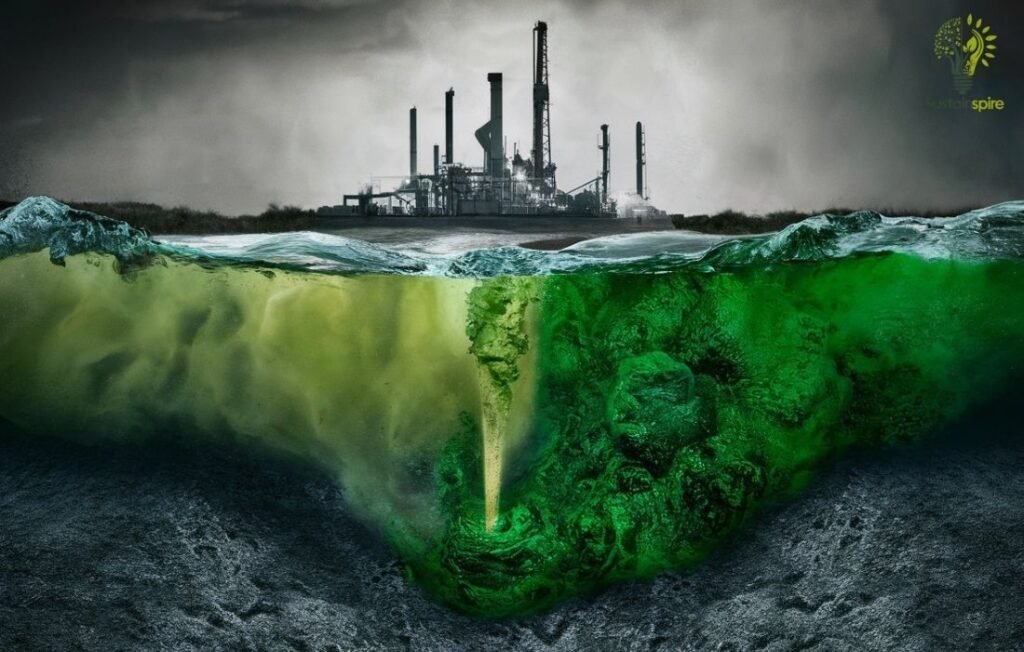
Living Near Natural Gas Operations:
Living close to natural gas operations can present unique challenges for communities. The constant hum of machinery can be disruptive. There are also potential health impacts to consider. The disadvantages of natural gas include the disruptions and potential health risks that communities face. The overall disruption to peace can affect the quality of life for residents. We will look at these specific issues in more detail.
1. Noise Pollution’s Impact on Communities:
Natural gas extraction and transportation are noisy activities. The constant sounds of compressors, drilling rigs, and trucks cause noise pollution. This noise pollution disturbs the peace and quiet of nearby communities. The disadvantages of natural gas include the noise pollution that can negatively impact residents. Residents living close to the operations may experience sleep problems, stress, and even hearing issues.
In 2016, the University of Colorado conducted a research study on residents living near natural gas wells in Wyoming. The study found that residents living closer to the wells had more sleep disturbance and annoyance compared to others. The constant humming and vibrations from the equipment can be very disruptive. This disruption can lead to fatigue, headaches, and difficulty concentrating.
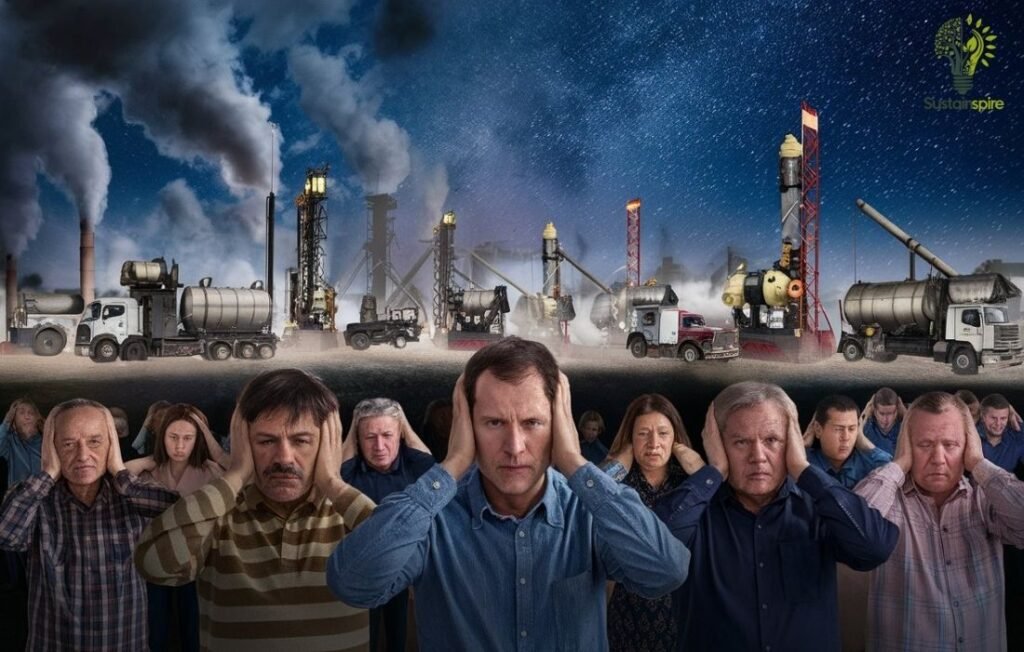
2. Health Risks Linked to Proximity to Natural Gas Development:
Living near natural gas development can pose health risks, in addition to the noise. The process of extracting and processing natural gas releases various air pollutants. These pollutants include volatile organic compounds (VOCs) and hazardous air pollutants (HAPs). These pollutants can have negative effects on human health. The disadvantages of natural gas include the health risks associated with living near extraction sites.
A 2016 study was published in the journal Environmental Health Perspectives. Researchers found a connection between living near natural gas wells and a higher risk of breathing problems in children. Those respiratory problems could include asthma and bronchitis, in children. The study was conducted by researchers at Johns Hopkins University. They looked at information from more than 9,000 children living in Pennsylvania. The results show that young children could be sensitive to air pollution from natural gas development.
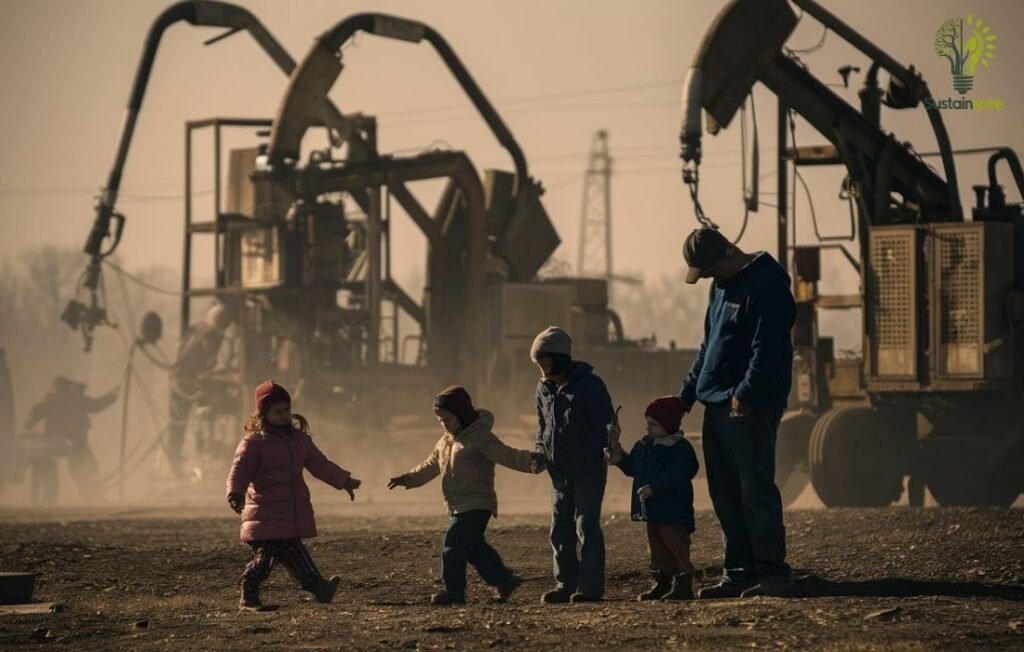
Safety Concerns and Risks:
This section focuses on the dangers of natural gas pipelines, particularly the risk of explosions. We will explore the causes of these explosions. We will also look at important events that highlight the very real dangers of using natural gas as a fuel source. The disadvantages of natural gas show up in the safety concerns associated with its infrastructure.
Pipeline Explosions:
This subsection talks about the dangers of natural gas pipelines. We will look at the risks of leaks and explosions. We will also look at the things that can cause these dangerous events. The disadvantages of natural gas are highlighted by the risks of pipeline explosions. We will explore real-life examples of pipeline failures and their devastating effects. These examples show how important it is to understand and prevent risks with natural gas infrastructure.
1. The Dangers of Leaks and Explosions along Pipelines:
Natural gas pipelines are very important for transporting this energy source. However, they also have risks of leaks and explosions. These incidents can have very bad effects on people, buildings, and the environment. The disadvantages of natural gas are highlighted by the risks of pipeline explosions. There are several reasons why these dangers exist.
Corrosion is a major concern because aging pipelines can weaken and rupture over time. Older systems and those lacking proper maintenance are especially vulnerable. Earthquakes and natural disasters can also damage pipelines, causing leaks or ruptures. Human errors during installation, operation, or maintenance increase the risk of accidents. Pipeline failures can have serious consequences.
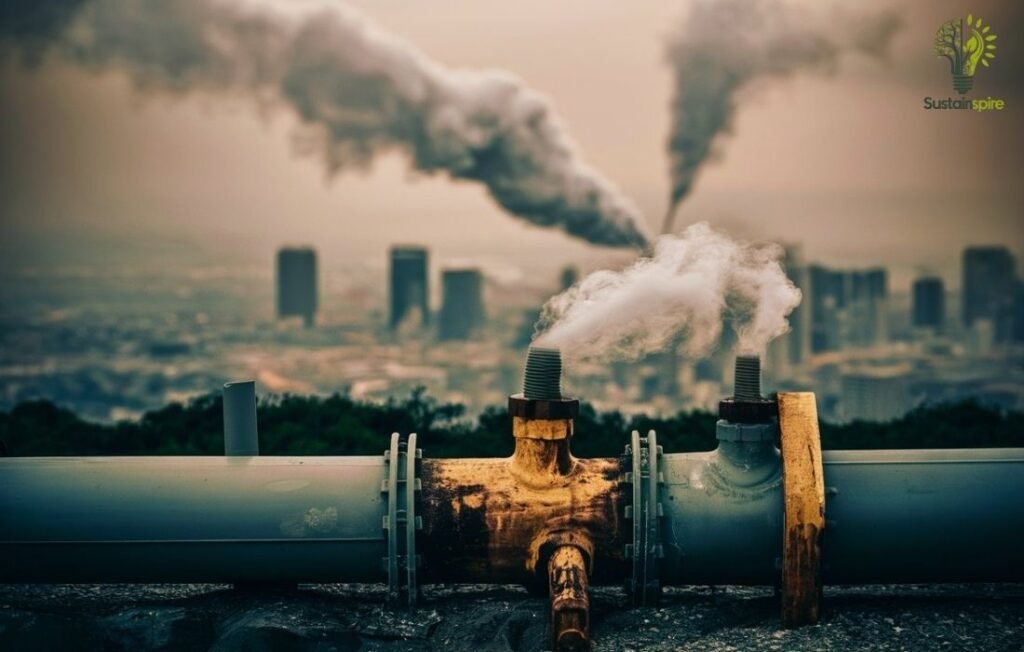
2. Case Studies of Major Pipeline Accidents:
Sadly, many examples of pipeline accidents show the risks they pose. A serious incident happened in San Bruno, California, in 2010. A 30-inch natural gas pipeline, owned by Pacific Gas & Electric (PG&E), broke and caught fire. This caused a big explosion that killed eight people, injured many others, and destroyed 37 homes. Pipeline explosions, as seen in San Bruno, are serious disadvantages of natural gas. The National Transportation Safety Board (NTSB) investigated the incident and found several problems. These problems included a faulty weld in the pipeline, poor record-keeping, and not enough safety inspections.
Another example is the 2018 explosion in Lycoming County, Pennsylvania. This incident involved a 20-inch natural gas pipeline operated by Energy Transfer Partners. The explosion did not result in any deaths. However, it left a large crater, 50 feet wide and 25 feet deep, and scorched a section of forest the size of a football field. The Pipeline and Hazardous Materials Safety Administration (PHMSA) determined that the cause was corrosion due to a faulty coating on the pipeline.
These are just two examples among many. These are a strong warning about the dangers of natural gas pipelines. The potential consequences of pipeline failures are serious. This highlights the need for stringent safety regulations. The industry also needs strong infrastructure maintenance and ongoing vigilance.
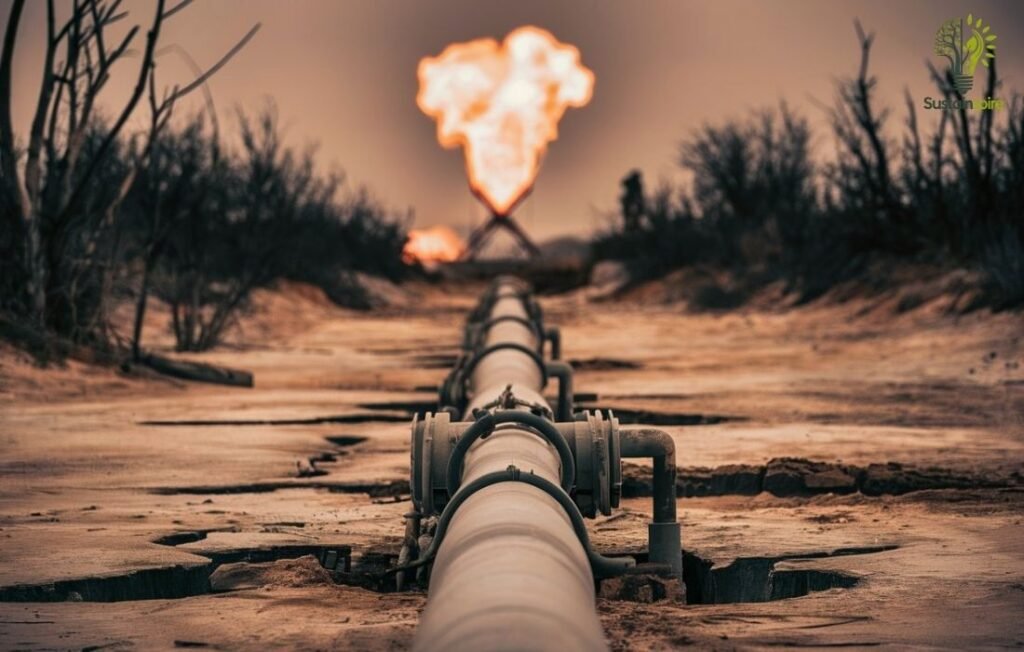
Fracking Accidents – Disadvantages of Natural Gas:
Fracking, or hydraulic fracturing, is a method of extracting natural gas. This process poses environmental and health risks. This section explores the potential for accidents during fracking operations. We will also review how these accidents could harm our planet in the long term.
1. The Potential for Well Blowouts and Spills during Fracking Operations:
Fracking uses high pressure to inject a mix of water, sand, and chemicals underground. This releases natural gas trapped in rock formations. But fracking can be risky. The disadvantages of natural gas are highlighted by the risk of well blowouts and spills. There is a chance of well blowouts and spills. A blowout happens when pressure controls fail. This lets out gas, fracking fluids, and other materials in an uncontrolled way, harming the environment.
Fracking blowouts have serious consequences. In February 2018, a well blowout in Belmont County, Ohio, released millions of cubic feet of methane gas over three weeks. This methane gas is dangerous because it escapes into the atmosphere. The incident forced nearby residents to evacuate their homes for safety. This real-life event highlights the very real dangers of fracking operations.
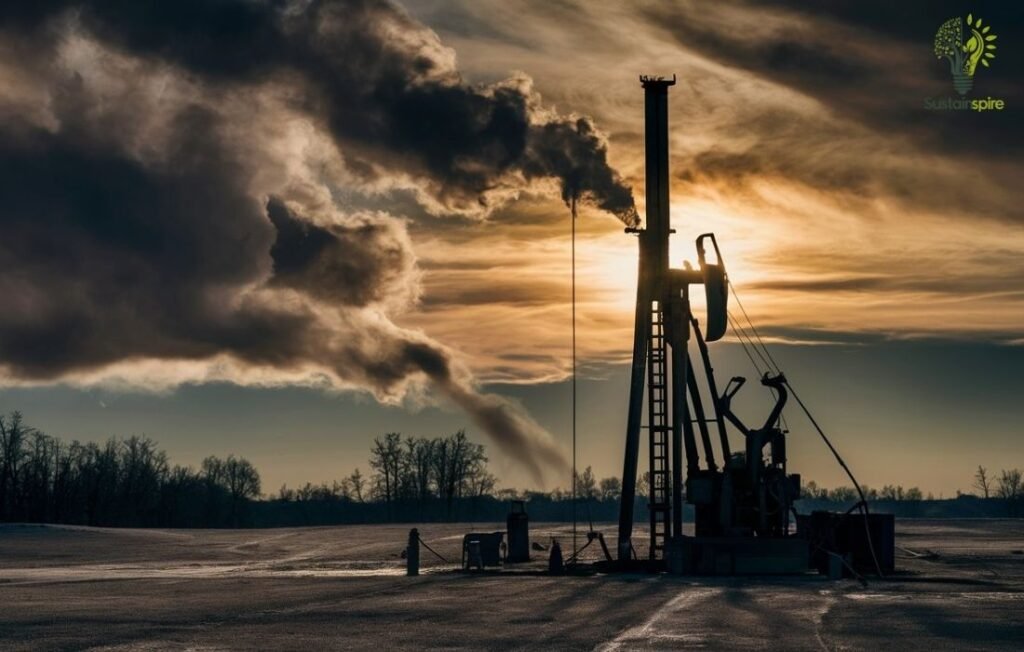
2. Long-Term Environmental Impacts of Accidents:
Accidents during fracking operations can have long-term consequences for the environment. Spills of fracking fluids happen. These fluids are a mix of many chemicals. Spills can pollute water underground, on the surface, and in soil. This contaminated water can make people and animals sick. It can also harm the environment. The disadvantages of natural gas include the long-term environmental damage that can result from accidents. To understand how bad the damage is, scientists need to monitor these areas for a long time. This way they can fix as much of the problem as possible.
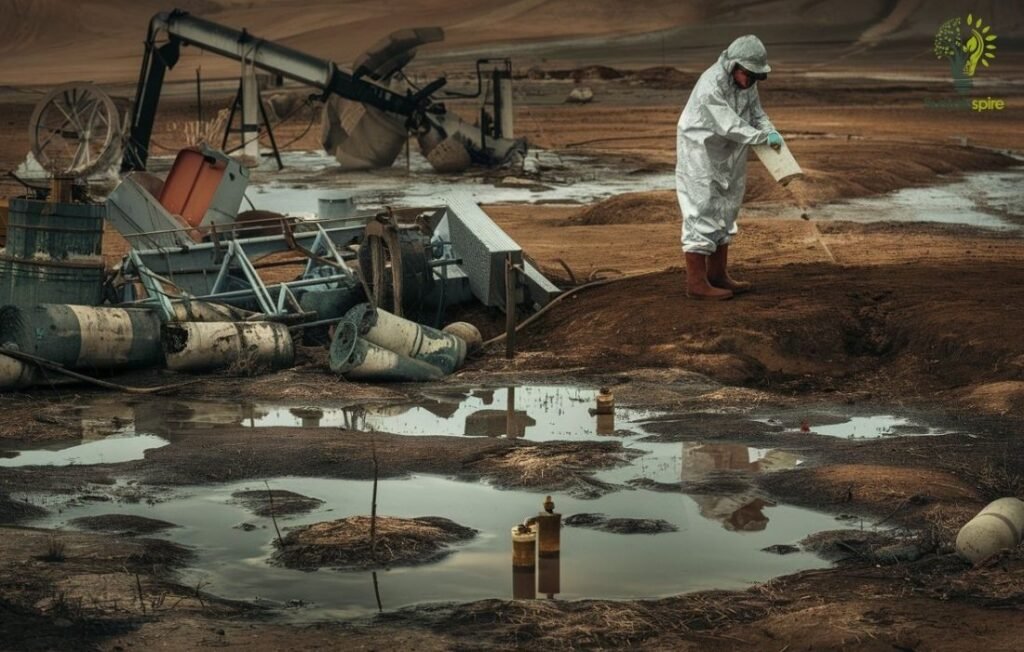
Climate Change Implications:
This section explores the connection between natural gas and climate change. We will look at how methane leaks during natural gas production and transportation contribute to global warming. We will also examine how natural gas can worsen extreme weather events, threatening our planet’s climate system.
1. How Methane Leaks Contribute to Climate Change?
Methane (CH4) is a powerful greenhouse gas. It is the main part of natural gas. Methane does not stay in the atmosphere as long as carbon dioxide (CO2). However, methane traps much more heat. The disadvantages of natural gas also include the contribution to climate change from methane leaks.
The Global Warming Potential (GWP) metric is used to measure how well a greenhouse gas traps heat. We compare the heat-trapping ability of a greenhouse gas to carbon dioxide (CO2) over a specific timeframe. Over 20 years, methane has a GWP of 84. This means that methane traps 84 times more heat than the same amount of CO2.
Leaks happen in the natural gas supply chain. They start at production wells and go all the way to pipelines and distribution networks. These leaks release methane into the air. We often cannot see these leaks. However, they have a big impact on global warming. Methane speeds up climate change at an alarming rate.
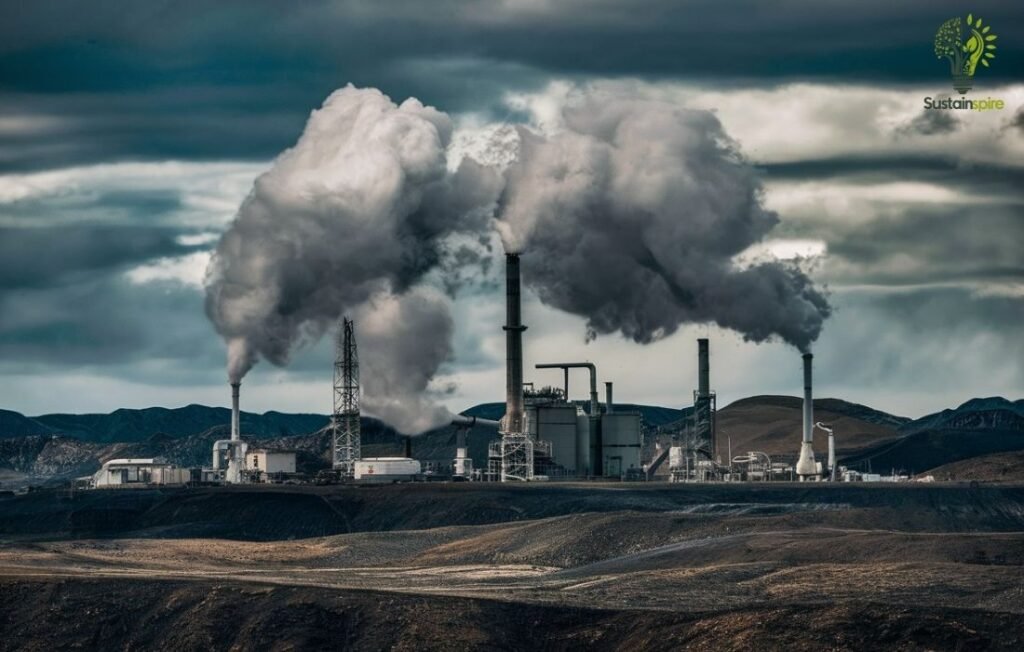
2. Exacerbation of Extreme Weather Events:
Greenhouse gases like methane cause a warming effect. This warming effect is directly linked to extreme weather events happening more often and being stronger. A warmer atmosphere holds more moisture. This leads to more heavy rainfall and higher chances of flooding. One of the major disadvantages of natural gas is the increased frequency and severity of extreme weather events. This is a direct result of methane emissions, a potent greenhouse gas.
The devastating floods in Germany and Belgium in July 2021 were a tragic event. They caused approx. 200 deaths and billions of euros in damage. A study in the journal Nature connected these floods to climate change. The researchers found that climate change made extreme rainfall events like these much more likely to happen.
Global temperatures are rising because of greenhouse gas emissions. This leads to more intense heat waves, droughts, and wildfires. These events are harmful to the environment, people’s health, and infrastructure. The number of these extreme weather events is increasing, which shows how important it is to take action. We need to deal with the climate change caused by using natural gas and move to use cleaner and more sustainable energy sources.
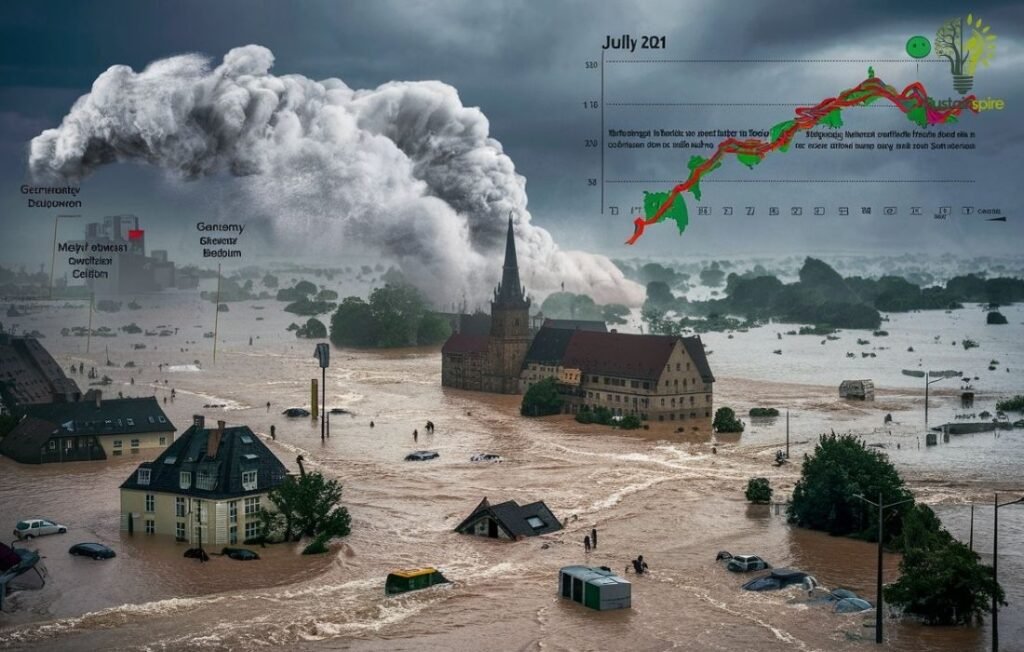
Taking Action – Strategies to Combat the Disadvantages of Natural Gas:
We learned in the previous sections that natural gas poses significant risks to the environment and our health. The good news is that we can all work together to reduce these risks and build a more sustainable future. Let’s explore some effective strategies that individuals, communities, and policymakers can use.
1. Individual Actions – Small Steps, Big Impact:
You do not need to be a politician or a CEO to make a difference. Simple changes in our homes, like our daily habits, can make a big difference. These changes can collectively contribute to a significant reduction in natural gas reliance.
- Embrace Energy Efficiency:
Improving your home’s energy efficiency is like putting money back in your pocket. It also helps the planet. Consider better insulation, energy-efficient appliances, and LED lighting. Even small actions, like washing clothes in cold water, add up. One of the disadvantages of natural gas is that it encourages us to rely on energy consumption. But we should focus on energy efficiency.
- Reduce, Reuse, Recycle:
Reduce, Reuse, Recycle is not just for trash. You can use this mantra to save energy too. Use less hot water when you are washing dishes or taking a shower. Lower your thermostat a few degrees in the winter. Unplug electronics when you are not using them. Every little bit of energy you save helps.
- Support Sustainable Businesses:
You can make a difference for the environment by choosing businesses that care about sustainability. Look for companies that use renewable energy and follow eco-friendly practices. One of the disadvantages of natural gas is that it relies on fossil fuels, which is harmful to the environment. Your money is a powerful tool. When you support these companies, you are encouraging them to continue their sustainable ways. This helps create a better future for everyone.

2. Community Efforts – Power in Numbers:
When people in a community work together, they can make a big difference. This kind of action can lead to changes that are good for the environment. It can also encourage more people to use renewable energy sources.
- Advocate for Renewable Energy:
We should encourage our local government and utility companies to invest in renewable energy sources. These sources include solar, hydro, wind, and geothermal power. The disadvantages of natural gas can be addressed by shifting towards renewable energy sources. Community-owned renewable energy projects are becoming more popular. These projects empower communities to generate their own clean power.
- Promote Public Transportation:
Reducing our reliance on personal vehicles is important for lowering emissions. We can support better public transportation, bike paths, and neighborhoods that are easy to walk around. This will make eco-friendly ways to get around easier and more convenient for everyone.
- Educate and Engage to Combat the Disadvantages of natural gas:
Knowledge is power! Organize community workshops, film screenings, or presentations. We can educate others about the impacts of natural gas. We can also show the benefits of sustainable alternatives.

3. Policy and Infrastructure – Setting the Stage for Change:
Policymakers and industry leaders play a crucial role in shaping a sustainable future. They can achieve this by implementing regulations. They can also achieve this by investing in research and development. Finally, they can achieve this by creating a supportive environment for renewable energy adoption. The disadvantages of natural gas can be addressed through policies that support renewable energy.
- Invest in Renewable Energy Infrastructure:
Governments can accelerate the transition to clean energy. They can do this by investing in modernizing the electric grid. We will also see a faster transition to clean energy if governments develop renewable energy projects on a larger scale. Lastly, governments can provide incentives for businesses and homeowners to adopt clean energy solutions.
- Phase Out Fossil Fuel Subsidies:
We can speed up the clean energy transition by taking money away from the fossil fuel industry. The disadvantages of natural gas can be minimized by phasing out fossil fuel subsidies. Then we can give that money to renewable energy research, development, and deployment. This will redirect billions of dollars to support clean energy.
- Implement Carbon Pricing:
We can put a price and heavy fines on carbon emissions. This makes polluters responsible for the environmental harm caused by fossil fuels. Carbon pricing encourages businesses to use energy wisely and invest in cleaner energy sources. The disadvantages of natural gas can be reduced by implementing carbon pricing policies.
We can work together across different levels. This will help us create a future where clean, renewable energy powers our homes and businesses. This will reduce our dependence on natural gas and the risks that come with it. Remember, even small steps can make a big difference when we all work together.
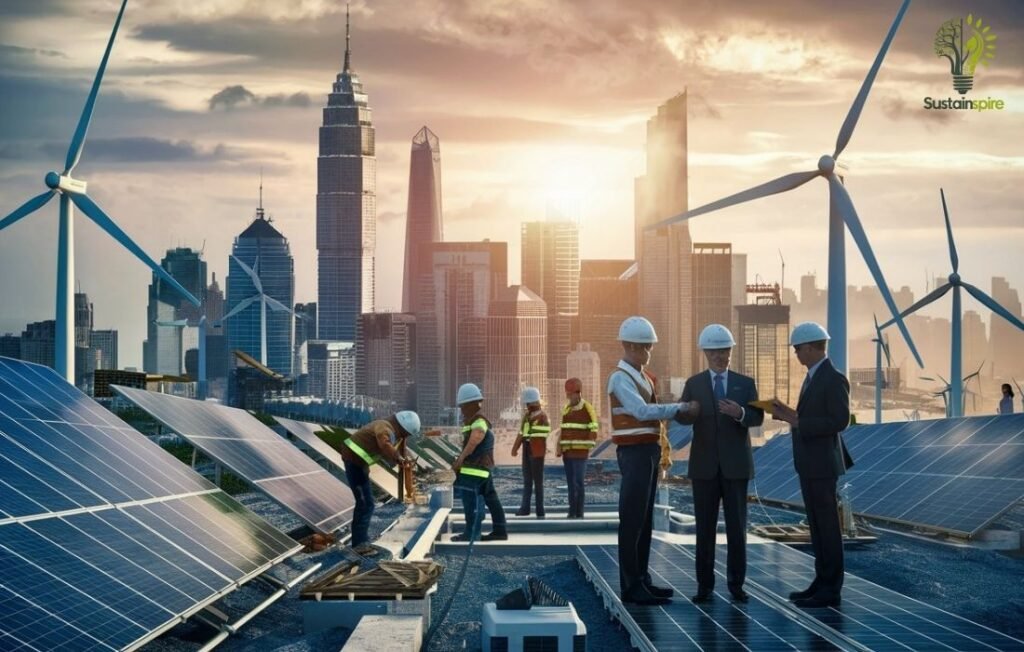
Conclusion:
Here we explored the complexities of natural gas, a fuel often marketed as cleaner. We examined its extraction process. We highlighted the environmental risks associated with fracking. The potential for water contamination during extraction is also discussed. While natural gas may burn cleaner than coal, its production and transportation contribute significantly to global warming. This is primarily due to methane leaks. These leaks undermine the perceived environmental benefits of natural gas.
It is important to consider the full life-cycle emissions of natural gas to assess its environmental impact. The disadvantages of natural gas are clear, making it essential to transition to cleaner energy sources. Moreover, we looked at the health risks connected to natural gas. We considered things like air pollution and the chance of waterborne illnesses. Natural gas infrastructure can create noise pollution and safety issues. This makes it clear that we need to be careful about how we produce and use natural gas.
Natural gas is not a bridge fuel, it is a detour. We need to move away from the idea that natural gas is a cleaner energy source. We need to focus our attention and money on truly sustainable and renewable energy sources. Let’s work together to create a cleaner, healthier future for ourselves and future generations. What steps will you take to reduce your reliance on natural gas? Share your thoughts and actions in the comments below!






